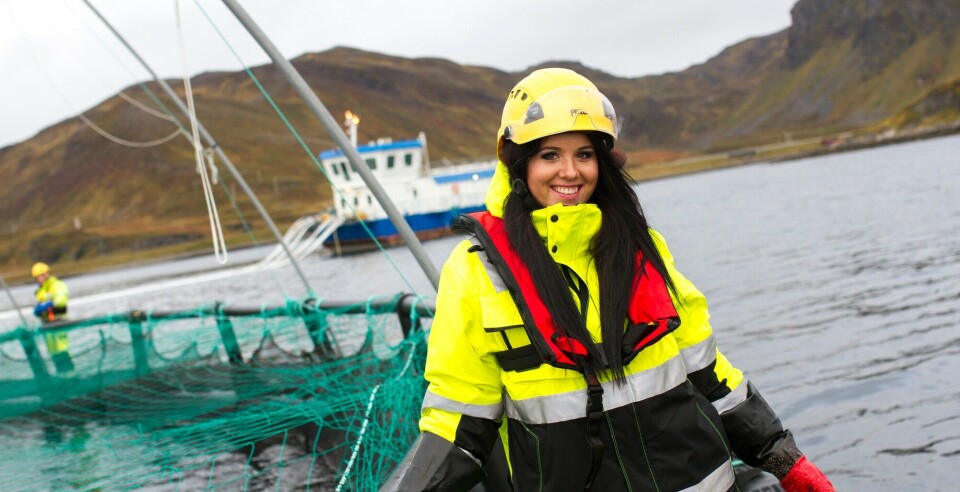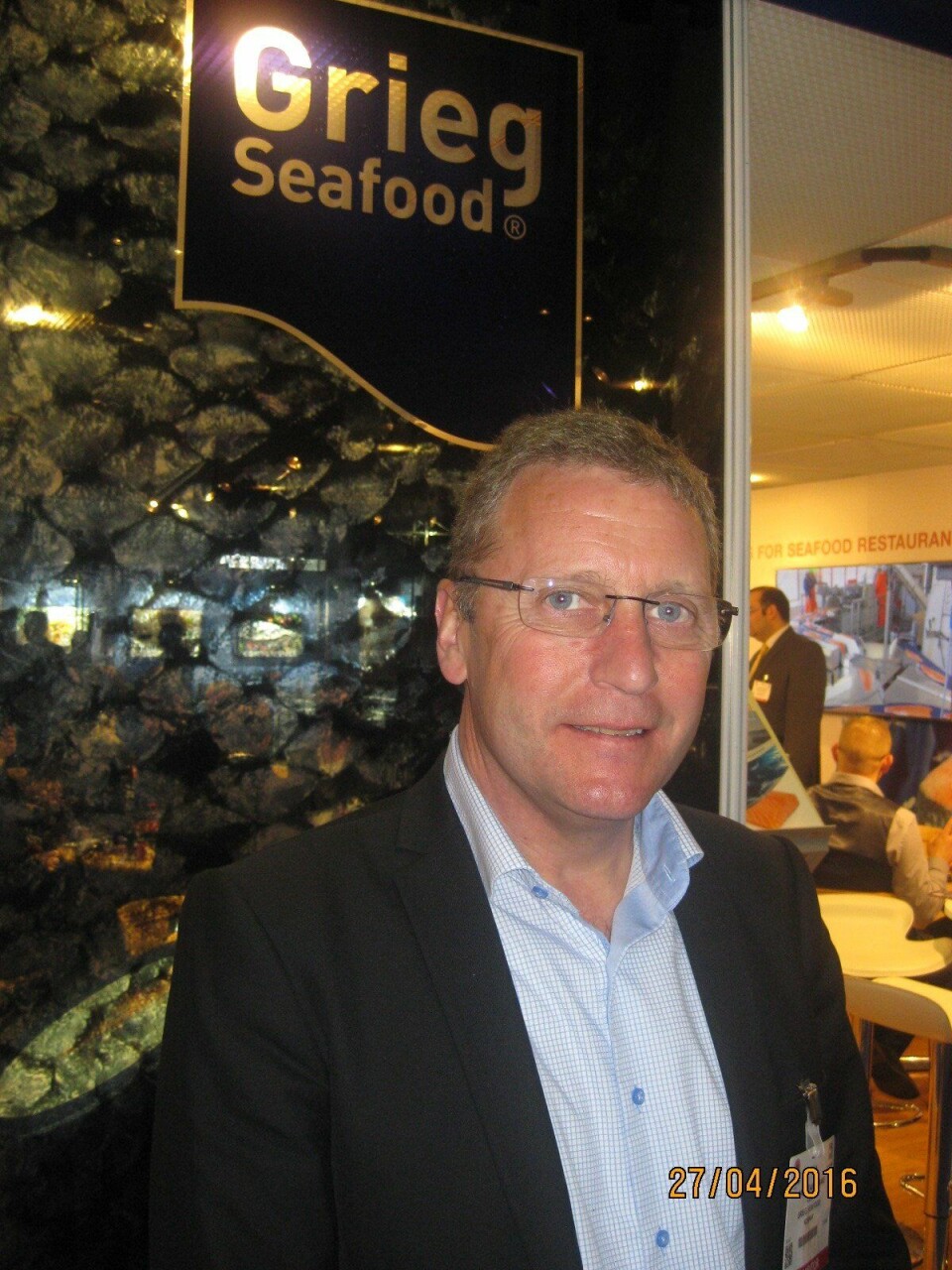
Grieg Seafood hits an all-time high
Good revenues from Grieg Seafood Group’s operations in Shetland – in spite of high mortality caused by algae, sea lice and gill problems – helped make 2016 the best year in the company’s history.
In its annual report released yesterday, the group announced a turnover of MNOK 6,545 (£593 million) in 2016, an increase of 42 per cent compared with the previous year. The total harvest of its farmed Atlantic salmon was 64,726 tons gutted weight (65,398 tons in 2015), a decrease of 1 per cent.
EBIT before fair value adjustment of biological assets was MNOK 1,168 (£105 million), compared to MNOK 48 (£4.3 million) in 2015. EBIT per kg before fair value adjustment of biological assets was NOK 18 (£1.63) against NOK 0.7 (£0.06) in 2015.
Strong profit
A statement from the board of directors noted: “The strong profit is a consequence of high salmon prices and substantially improved production, both in sea and smolt facilities. The market salmon prices have been high throughout 2016, in both Europe and the US. The strong salmon prices must be regarded in context with lack of supply growth.
“A general increase in biological challenges facing the industry, with sea lice as the biggest problem, has complicated production growth in recent years. Finnmark and Rogaland have recorded good production throughout 2016, while algae and low oxygen levels represent problems in Canada in the first half of the year. This has gradually improved in the second half of 2016.

“Shetland has experienced weak production with high mortality rates due to lice in the second half of 2016. At the beginning of 2016, the GPB was strong, entailing a weaker market position for UK. This prospect has normalised later in 2016, with a weakened GPB.
Treatment costs
“Feed prices have continued to increase during 2016, in both Europe and UK, while Canada has experienced a decline in prices. The price increases are attributable to the development in raw material prices and a local currency effect in UK. Increased use of special feed varieties also leads to increased feed costs. Feed prices are sensitive to both marine and vegetable commodity prices, which vary with seasonal harvesting and production conditions.
“Treatment costs, not least preventive measures against diseases and lice, have increased every year. Cleansing fish has been deployed in Rogaland, Finnmark and Shetland. Investments have been placed into mechanical treatment to combat lice and limit consequences of AGD (Amoebic Gill Disease), which entails persistently high production costs, both in Norway and UK. The preventive measures have been effective and lice treatment could be reduced in Rogaland last year.”

In Shetland, the EBIT before fair value adjustment was MNOK 176, corresponding to NOK 13/kg. Total harvested volume in 2016 was 13,541 tons, against 16,370 tons in 2015. The directors noted: “Shetland has experienced challenges by algae, AGD and lice during the year, which has entailed reduced production and a high mortality rate. Impairments have been recognised through operating costs. High output prices on harvested fish have been the most significant factor for weak results. Shetland has achieved somewhat lower prices due to a strong GBP at the beginning of 2016. This changed along the weakening of the GBP. The main grounds for the improved result in 2016 are good prices.”
Biological threats
Andreas Kvame, Grieg Seafood’s chief executive, said: “On several indicators, 2016 marks an all-time high in Grieg Seafood´s history. All quarterly reports represent progress, and by the end of the year, the group reached an EBIT per kg at 18 NOK. The Norway region achieved even higher prices, proving our earlier statement that there´s more to gain in Norway. The global demand for healthy and nutritious food is not going to decrease, and Grieg Seafood has set a bold target to become the best provider of such food in our regions.
“About 30 per cent of our 2016 sales passed through fixed price contracts. This will increase in 2017. Fixed price contracts fit Grieg Seafood´s long-term sales targets and simultaneously make up a good strategy for Ocean Quality, the sales company for all our regions. The collaboration between Ocean Quality and the owner companies Grieg Seafood and Bremnes Fryseri has been very satisfactory in the past year.
“The biological threats to fish in the sea prompt a highly professional response consisting of clever countermeasures based on local strategies. Our project to reduce the smolt cycle in sea from 24 to 18 months in our Shetland region is initiated. We expect that the project will improve sustainability and strengthen the company. By releasing larger smolts into the sea and thereby shorten the fish’s total stay in the sea, the biological threat will be reduced, the mortality rate will fall and production will increase.”























































